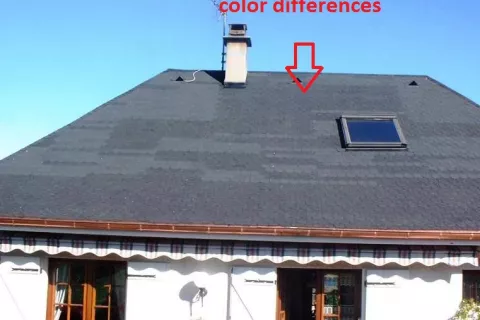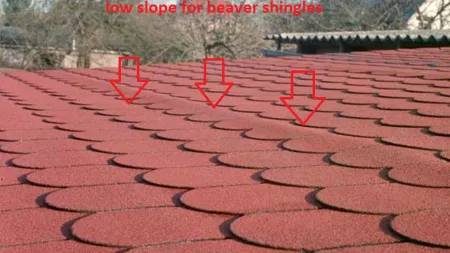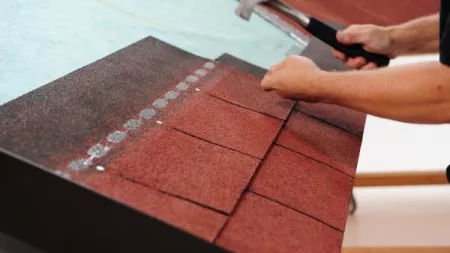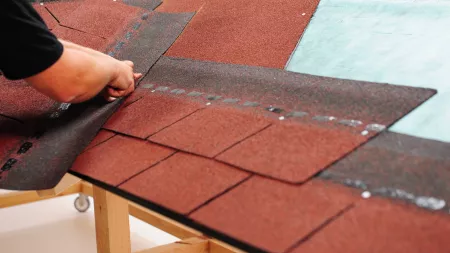
Most common mistakes made by roofers – part 3
The installation of a shingles roof is a very critical part of your building or renovation project. You must use shingles of high quality and follow the correct application guidelines. If you don’t follow guidelines, you might up with a lot of problems. What can have a consequence of a roofer mistakes
The past few weeks we already showed you 10 problems you can face on your roof (blog part 1 and part 2). Today we will take a look at the following 5 mistakes:
- Insufficient or non-existent attic ventilation
- No intakes or plugged soffit ventilation
- Mixed ventilation
- Installing shingles over old wooden boards
- Not mixing shingles
11. Insufficient or non-existent attic ventilation
When the attic is improperly vented you reduce air movement or have no movement at all. This usually increases moisture content. Under these conditions, heat builds up and shortens the life of your shingles roof. Moisture builds up, causing sheathing movement and deterioration, resulting in shingle failure. These circumstances are a major cause of a shorter life of the shingles roof.
Solution:
Cut exhaust openings for spot vents or ridge ventilation. Install proper ventilation to provide airflow circulation through the roofing structure.
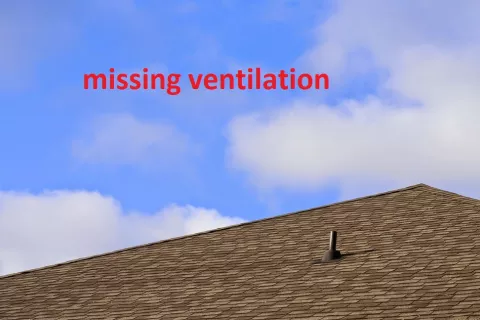
12. No intakes or plugged soffit ventilation
Even though your soffit vents appear perforated from the exterior of the home, it is very important to make sure that air is flowing through them and into the attic. Often homeowners (and even professionals) will accidentally cover over their soffits with insulation. This can trap moisture in your attic and lead to condensation problems. Having adequate intake ventilation is equally as important as the exhaust ventilation.
Solution:
In order to free up the airflow, remove insulation from the roof inlets at the eaves. If these intake air openings don’t exist, precut them and install grilles for air circulation.
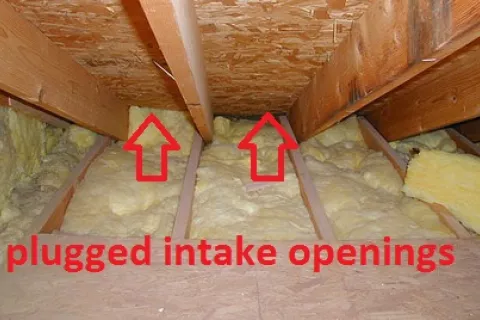
13. Mixed ventilation
Each type of vent is designed to work and handle air flow in its own particular way. Air is intended to travel from the soffit at the eaves to the exhaust vents at the peak. Different vents draw air differently and combining vent types can decrease the efficiency of the ventilation and increase the energy bills. A simple example: if you combine a turbine vent with static vents, the turbine will takes airflow not from the soffit but from the nearest spot vent. This causes unwanted moisture and even snow can appear in the attic.
Solution:
Plug/close all unnecessary vents from inside of the attic. Always try to keep the top vents and cancel the lower vents by plugging them to create a free airflow from the soffit up to the ridge.

14. Installing shingles over old wooden boards
Roofers are commonly using the existing roofing deck regardless of the type or condition that it is in. Specifically in the case of old spaced board decking, this can cause major problems. When expansion and contraction occur, shingles will buckle. This will create gaps in the roofing system making it susceptible to water entry. If your roof deck is old or in poor condition it is always recommended that you cover the complete surface with an approved decking such as OSB or plywood boards. This will provide a stronger hold for the shingles and a better roofing system.
Solution:
Try to repair buckles and waved shingles by pulling out the nails first. Then trim the shingles close to joints and nail them again. Secure these spot also with Shingle Stick. If this repair doesn’t help and shingles are buckling again, start to think about reroofing with a new deck made from OSB or plywood.
Tip:
Take a look at our blog "Roof deck materials to ensure a stable roof surface". You'll find all the info you need on solid roof decks.
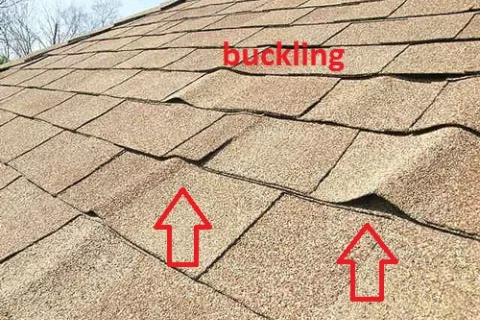
15. Not mixing shingles
Always mix shingles from different bundles to avoid color blocks on the finished roof! Different batches of the same shingle can have a slightly different shade, so don’t mix two production dates on the same side of the roof.
Solution:
There is no solution for this mistake. After some time these color blocks will partly disappear when shingles are exposed to the weather conditions.
